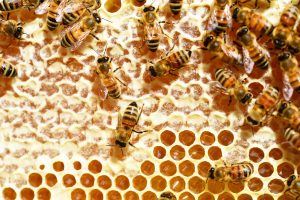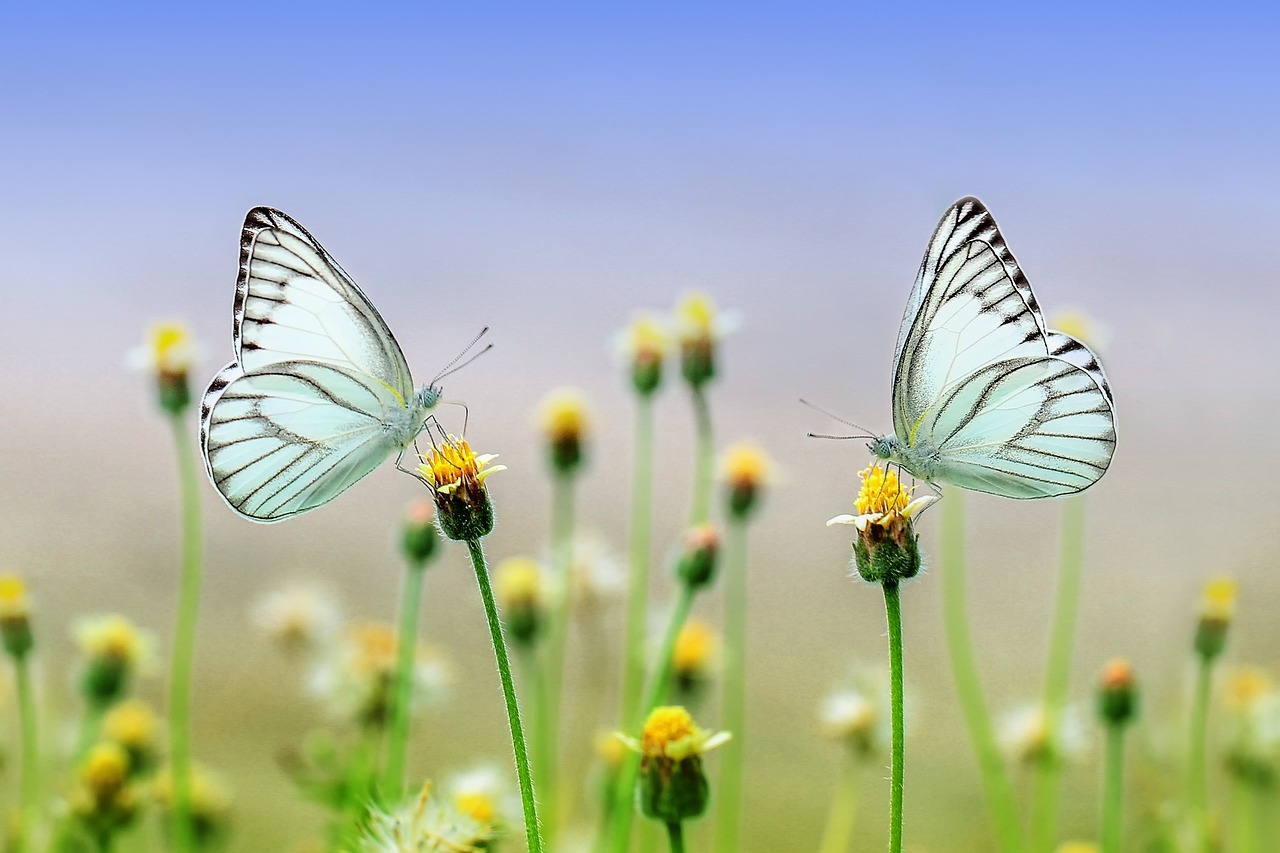If you’re planning on starting a farm or already run one, it’s worth considering taking steps to improve your bee and other pollinator populations. According to the USDA’s farmers.gov blog:
“Pollinators play a key role in healthy agricultural landscapes, helping private landowners increase and improve the quality of their crop yields and the health and vigor of their landscape – which can lead to higher profits.” –https://www.farmers.gov/blog/farmers-can-bee-friend-pollinators
Making your farm more friendly to pollinators can be as simple as planting some flowers yet the rewards often far outstrip the effort put in. In addition to the obvious benefits of pollination to adjacent crops, native plant species that support pollinators can also help with improving soil health by reducing water and soil runoff while retaining valuable nutrients. In addition to their function as pollinator habitats, wildflower gardens are beautiful and can double as a source of income through selling the cut flowers. More ambitious pollinator projects could involve installing bee hives. Keeping bees can be a fun and educational hobby with the bonus of providing honey for home use and profit. Larger operations may even grow to the point of renting bees out to other local farms.

Flowers and Pollinator Habitat
The first step in establishing a pollinator garden is to pick which flowers you’d like to grow and where. The goal may be to supplement the offerings at your farm stand or CSA project with fresh flowers or to utilize low or no-yield land to increase overall production by bringing in pollinators well suited for your crop mix. You can target specific pollinators by choosing the plants that will attract them, pick flowers that you would like to grow for aesthetic or commercial reasons, or just plant a mix of native wildflowers. Having a designated flower bed is ideal for cultivating products to sell to florists or at a farmer’s market. However, planting along fence lines, on perimeters or in between crop fields may be better for maximizing land use and utilizing pollinators for other commercial crops. Areas that may not be well suited as crop land might be perfect for encouraging native pollinating species. Many organizations offer small quantities of wildflower seeds for free (or at low cost) to support pollinator populations. While these programs change frequently a quick internet search for free pollinator seeds will help you find current opportunities.
Here are some more resources for creating pollinator habitat:
- Pollinator.org – Planting Guides – A great tool for suggesting guides to what plants to select by region based on your zip code.
- Xerces.org – Has lots of great info as well as links to regional seed mixes for sale.
- Virginia Tech Department of Entymology – How to page for making a pollinator garden with lots of links and book recommendations for native plants.

Bees
One of the most celebrated pollinators out there is of course the honey bee. Honey production alone is reason enough to set up a hive even without the benefit to other crops. Jars of local honey are prized at markets and bring a variety of health benefits to the kitchen (check out this article about raw honey from healthline.com: 8 Raw Honey Benefits for Health). Considering this with the increase in crop-yield and quality associated with good pollination, it may make sense to put in some hives on your farm. With an abundance of free resources available for the beginner, starting out in beekeeping is not as daunting as it might seem. There may also be incentives, funding or free equipment available in your area (such as through the Beehive Distribution Program from the VA Department of Agriculture linked below). For many, this is a fun and rewarding journey to embark upon and is its own reward. With time and effort, a successful growing beekeeping operation has the potential to become profitable in its own right. Aside from honey sales (which can potentially cover the cost of investment) it is also possible to profit through selling or renting bees to other farmers looking to capitalize on their own pollinating potential.
Here’s a list of great resources for beekeeping:
- Virginia Department of Agriculture and Consumer Services. Be sure to check out the Beehive Distribution Program to apply for a chance to get equipment sent to you.
- Virginia State Beekeepers Association – Great resources with lots of links for education and events.
- American Beekeeping Federation – Tons of links for all things bees.
- Honey Bee Suite – Good advice for beginning beekeepers.
